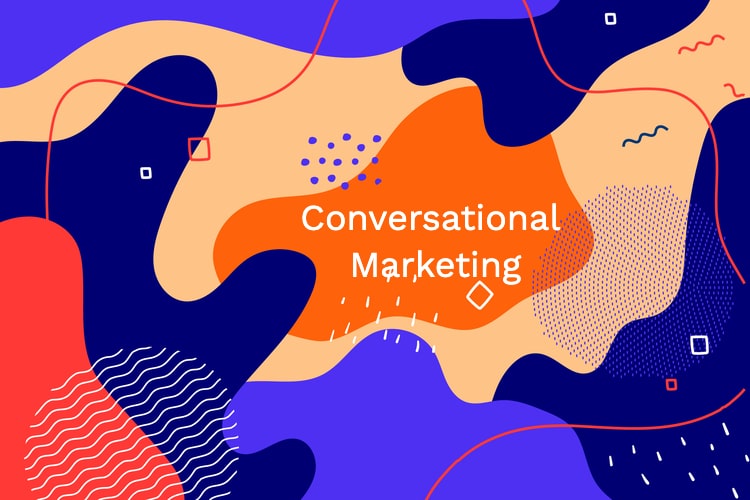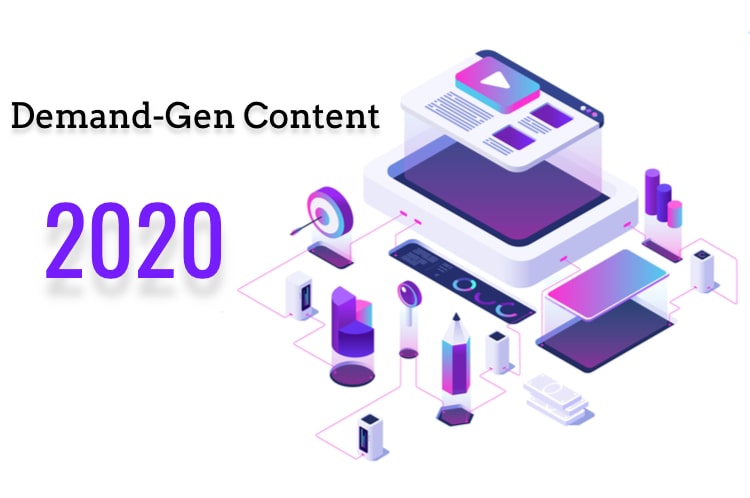A few years back, copyblogger.com made a startling discovery about web readers, and the content writing industry was turned on its ear. It turns out that while 8 out of 10 people will read the headline, only 2 of them will bother reading the rest.
For the writer, this means you can take days putting together an enlightening post, gathering facts and verifying information, only to have it passed by readers 80% of the time because the headline did not raise their eyebrows. Admittedly, I struggled with headlines for a long time after that news break. I would scratch my head for hours trying to capture the essence of my article, while still compelling people to read it. Until I had my forehead slap moment, when I realized that I had been approaching headline writing from the wrong direction.
Headlines Are Not Titles
I know that raised some eye-brows, but let’s be real here. Had The Great Gatsbyfirst been published on the web, no one would have an inkling who F. Scott Fitzgerald was today. A title can be an obscure allusion to what is to follow, while a headline needs to make an impactful statement with just a few words. Headlines are serving a very obvious purpose, to compel a reader to click and keep going. For that to happen it has to convey value for the casual browser so they’ll take their time to read it.
Use Adjectives That Make Sense
Throughout my headline writing struggles, I played a lot with descriptive words that were meant to add “punch”. Crafty, essential, amazing, fun. The thesaurus became my best friend as I searched for innovative ways to say innovative. Adjectives in a headline portray a strong message, so long as it relates to your topic. Fashionistas’ eyes are drawn to trendy, chic, sexy, while a budget conscious mom is looking for easy, cheap, budget. For her, trendy is only important when it’s on sale, and a fashionista should never be easy. Think about the target audience and the kind of words that motivate them.
The Numbers Game
This trick I learned during my endless Google searching for various clients. Google something and look down the left side of the page and you are likely to see numbers. Readers instinctively click on numbers because they know it will be a quick list that they can scan through. When composing a headline for a list post, start it with a number and watch the hits add up.
Answer a Question
Web users are on Google because they are seeking answers. Let them know that your post has them with trigger words. “How to”, “Why are”, “What is” are all the start to those burning questions we hope the internet can answer. Had Harper Lee’s title been “How to Kill a Mockingbird” thousands of hunters would have been hitting her site every day.
Connect the Keyword in Headline Writing
This was my last headline writing hurdle and goes back to understanding the difference between titles and writing eye catching headlines. As a content writer it is important to remember that you are writing for a purpose, and it’s not to win a Pulitzer Prize. The purpose is to let the reader know that your article is relevant to them. Put yourself in your targeted reader’s shoes and contemplate what they will search for if your article is valuable to them. If you’re writing about the benefit of tube socks, then tube socks needs to be in the headline. Try and be creative with “cool coverings for your feet and legs” and the guy just trying to buy some socks will have no idea what you are talking about. Headline it with “7 budget brand tube socks to warm your toes” and he’s on board.
If you do become overwhelmed with the urge to summon the spirit of Emily Bronte, put that creative energy into a sub-title or a sub-heading in your piece. The headline with all of its SEO trickery got them to your post, now use your word artistry to keep them reading.
There is a Hemingway burning inside of all copywriters, but there is also a time and place for everything. Start with a headline that compels clicks, and thousands will be reading your own little masterpieces.




